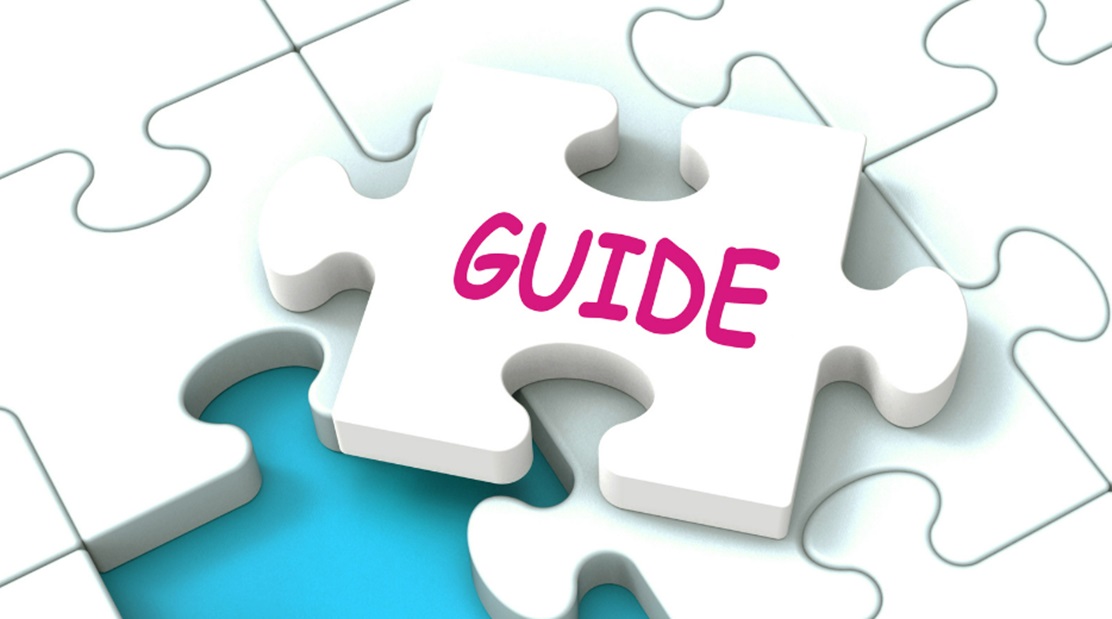Have you ever embarked on a gardening project only to find yourself feeling overwhelmed or unsure of the right type of soil to use? Fret not, as we have put together this comprehensive guide to topsoil, a component that is crucial for a thriving garden. We will cover everything you need to know about this essential gardening element, including what it is, its benefits, and how to select the right topsoil for your specific gardening requirements.
What is Top Soil?
Topsoil is the uppermost layer of soil, typically ranging from two to eight inches in depth. This layer is rich in nutrients and organic matter, making it the ideal environment for plants to grow and flourish. In essence, topsoil is the foundation on which your garden thrives, providing support, nutrients, and the optimal environment for plant growth.
Benefits of Top Soil
There are numerous benefits to using topsoil in your gardening projects. These include:
- Improved fertility: Topsoil is abundant in nutrients such as nitrogen, phosphorus, and potassium, which are vital for plant growth and development.
- Better drainage: The use of topsoil can help improve your garden’s drainage capacity, preventing issues such as waterlogged plants or poor aeration.
- Erosion prevention: A well-maintained layer of topsoil helps to prevent erosion and the loss of valuable nutrients from your garden.
- Enhanced soil structure: Top soil in Alpharetta plays a crucial role in the development of a stable and well-structured soil system that provides optimal support for healthy plant growth.
Choosing the Right Top Soil
Selecting the appropriate topsoil for your gardening project is essential. Here are several factors to consider when making your choice:
- Texture: Topsoil is available in various textures, from sandy and silty to loamy or clayey. The texture will impact the soil’s ability to retain moisture and nutrients and its drainage properties.
- Organic matter content: The topsoil should have a high organic matter content, as this helps to provide the essential nutrients required for proper plant growth.
- pH level: The pH of the topsoil should ideally fall within the range of 5.5 to 7.5, as this is the optimal level to support most plants. Be sure to conduct a soil test to determine the pH level of your desired topsoil.
Final Thoughts
Topsoil is a vital component in any gardening project, providing a supportive environment for plants to grow and flourish. Choose a topsoil that boasts an optimal texture, organic matter content, and pH level, ensuring a healthy and thriving garden. By following this comprehensive topsoil guide, you are well on your way to creating a beautiful and fruitful outdoor space, be it a small backyard garden or a large-scale landscaping project.

